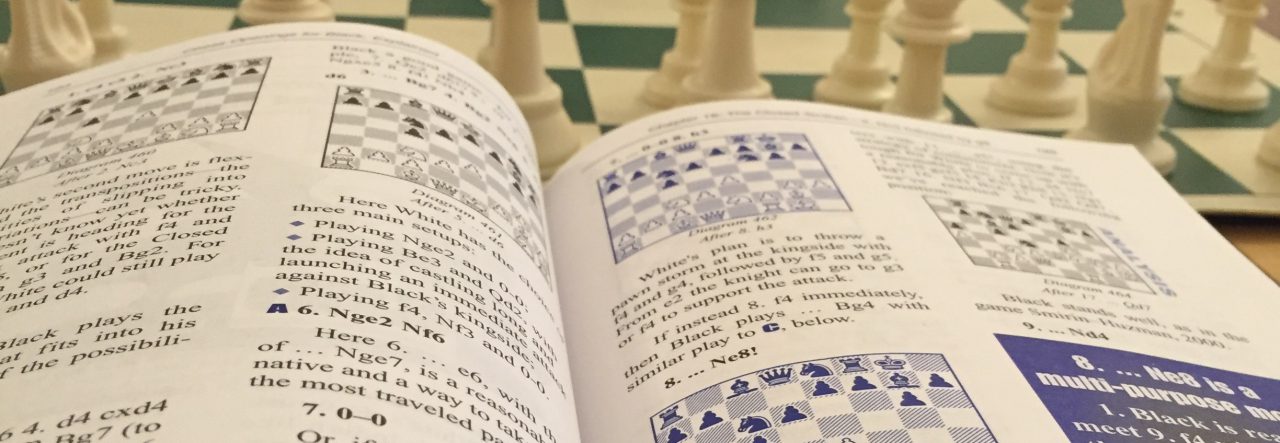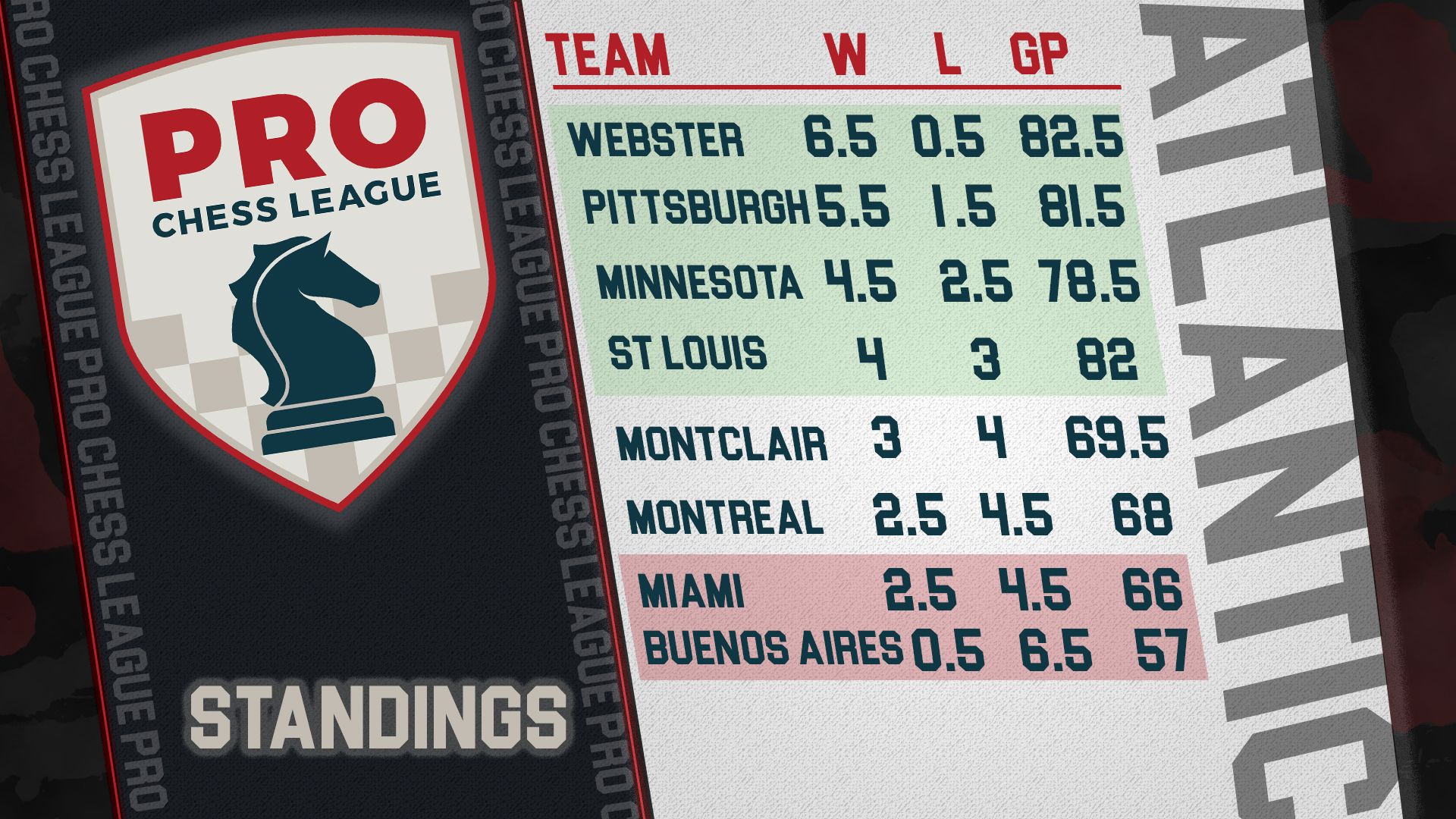When I first played at the U.S. Amateur Team East (also known as World Amateur Team) three years ago, I had never played a tournament with 285 players, let alone 285 teams. I never imagined my team, no matter how strong, could be the one to win the whole thing, let alone 6-0. There were always too many teams!
Still, the tournament was so fun that I went back every year despite the (many) inconveniences, but the the world’s largest team tournament continues to grow. This year, there were 324 teams, meaning the pairings would have to be drastically accelerated to just determine a winner. Just one draw could knock a team out of serious contention.
In 2017, Carnegie Mellon sent one of its strongest ever teams, rated 2154. We made it to 4.5/5 before falling apart in the last round, although we managed to win the Top College prize. After that, Grant and I started to more seriously scope out teams that could potentially take it all. It’s difficult enough to find four eligible strong players who are free for 3-4 days; even more so when limiting the selection to CMU students! We were lucky to pick up NM David Itkin, a first-year grad student from Canada. Ryan, an expert, who along with Grant and I had plenty of USATE experience, gave us a dream team with the maximum 2199.75 average! So our lineup for the tournament was
- Board 1: NM Grant Xu (2403 USCF)
- Board 2: NM David Itkin (2247 USCF)
- Board 3: NM Beilin Li (2093 USCF)
- Board 4: Ryan Christianson (2056 USCF)
Despite being the top seed (excluding ties), we couldn’t really expect to win, because there were so many strong teams (I’d estimate about 50 legitimate contenders out of 324 total teams). However, we knew Ryan was a very strong Board 4 and that David was likely underrated as he’s rated well over 2200 FIDE and 2300 CFC (Canada). As for myself, by USATE time I was on my way out of a slump, so I suspected I could perform a lot better than 2093 USCF. We accepted Grant might have the toughest time, but he has a lot of experience against opponents as strong as the ones he faced at USATE.
Day 1: Smooth Start
Rest and confidence are sacred in a tournament as long as the USATE. Besides simply winning, it was important that we didn’t end up totally exhausted by Round 3 and fall to the first team over 2100. Fortunately, we won our first two matches easily.
Despite a scare from Ryan in a sharp French line, we swept the first round 4-0. I scored a relatively quick, nice win on Board 3.
My second game was stranger, consisting of 17 moves of theory, a few checks, and two moves where I spent 80 minutes trying to find a win before accepting a perpetual (apologies to my bored opponent!). It turns out the position was indeed a dead draw in every conceivable way. Fortunately, that was our worst game of the match; everyone else won to finish the match 3.5-0.5.
Day 2: Competition Heats Up
Day 2 was a massive snowstorm, which made everything non-chess pretty miserable. Over the board, we stayed perfect against increasingly tougher teams, ending the day 4-0 alongside 6 other teams.
We woke up to find ourselves paired against the “Stable Geniuses,” led by my friend IM Alexander Katz, who surprised Grant with 1…c5 to induce the Smith-Morra (are they the only two 2400+ players with extensive Smith-Morra backgrounds?). Unfortunately, Grant messed up the move order and had a miserable game, but that was his only loss of the tournament. We snagged two victories from Ryan, who had a nice rating edge on Board 4, and David, who beat NM Andrew Ardito in the 4. h4 Advance Caro-Kann.
However, this nice win was overshadowed by my extremely sketchy save on Board 3. I played a questionable opening and was totally busted, but my opponent overcomplicated matters by sacrificing a piece and I managed to slip out when time trouble got to him.
Apparently, this was the only USATE game published on U.S. Chess. I guess it was our most critical game (the closest we came to not winning a match), though I wasn’t exactly proud at the time!
Our competition got tougher on paper, as every team we played after that was rated 2190+. However, my game in Round 4 was settled fairly quickly after my young expert opponent blundered the Exchange on move 15. Soon after, David’s master opponent flagged in a complex position, and Grant clinched the match with a win over FM Brandon Jacobson before Ryan drew out to finish the match 3.5-0.5.
Day 3: Deciding the Winners
Going into Round 5, there were 7(!) teams at 4-0. I had no idea how they planned to make a winner from two more rounds, but all we could do was try to keep winning. Our next opponents looked pretty tough, though – two 2400s and two 1900s. My opponent was my 2nd-lowest rated of the event, but was 4-0 (he ended up 5-1 against mostly experts, gaining over 100 rating points). However, I was able to get one of my favorite Closed Sicilian lines and he soon developed too many weaknesses to hold on.
On the next board, Ryan faced a scary-looking piece sac out of the opening, but managed to consolidate despite time pressure. After we won, David decided to force a draw in a complicated position against FM Levy Rozman to clinch the match. IM Alexandr Ostrovskiy fought hard for a win against Grant, but he held and we won the match 3-0.
This left CMU, “Very Fine People On Both Sides,” and MIT tied at 5-0. MIT was the odd one out, and had to play the strange lineup of GM Oliver Barbosa, two 2400s, and a 900. Meanwhile, we seemed fairly evenly matched against our very fine opponents, and as is often the case, much of the match looked a lot closer than the final score suggested.
Ryan converted a good knight vs. bad bishop position without too much trouble, but David looked equal against his slightly lower-rated opponent, and Grant seemed to be in trouble against IM Jan van de Mortel. I ended up choosing the Hedgehog despite not playing it seriously before. Despite my inexperience, it seemed like I had the right ideas and had built up a nice advantage, when I missed a simple tactic and was very lucky to not be much worse. However, my opponent soon missed a tactic of his own a few moves later, and ended up flagging in time pressure.
Not a perfect game by any stretch of the imagination, but 29…Qa8! was a nice way to top a great individual performance. Ryan won as expected, and David managed to outplay his opponent in the end. As a bonus, Grant managed to survive against van de Mortel, officially putting us at 6-0 for the weekend.
MIT, the only remaining perfect team, lost a close match to GM Barbosa’s team, who took clear 2nd. Tough luck for MIT on the last round pairing – it would have been extremely difficult for us to beat that kind of lineup. Congrats to both teams as well as VFPOBS on their strong performances!
There wasn’t too much to do after that, since we had to grab food and drive 5.5 hours back to Pittsburgh that night. However, we did realize that if Grant had lost all his games, we would have still won every match – either Grant is useless (nah), or that’s a lot of dominance for such an intense team event! David, Ryan, and I scored 5.5/6 individually, and Grant “only” scored 4/6, but performed well over 2500.
Aside from simply being a strong team, we can attribute our victory to a number of less obvious factors. We recognized our chances early on and prioritized things like proper rest a little more than usual (e.g. skipping the bughouse tournament for the first time in years!). Our exceptional team bond as students and friends from the same school was predictable, but critical to our success and enjoying the long event. David (probably the MVP if we had to pick one) was an incredible addition to our team, overperforming in a tough position and gaining 43 rating points, which is insane for someone of his rating.
For me, it was the ultimate highlight of my last year competing with CMU. I’d like to extend thanks not only to my 2018 teammates, but to everyone who’s competed with me at USATE over the last 4 years, as well as the perpetual organizers of the tournament. It’s never easy to manage any event with 1200 people!
Chess-wise personally, it was a very welcome boost. Since becoming a master 10 months ago, it’s been kind of a tough road as I’ve slipped in ways I didn’t foresee after such a big achievement. Earlier this month, I rebounded with a nice victory in Baltimore, but I didn’t quite get the feeling that everything was coming together. After a string of great results in such a long tournament, it’s starting to feel that way as I’ve gained 42 rating points (my largest gain in a serious event) to end at 2159. I’m not back to 2200, but for the first time in a while, I’m on the right track!
Finally, as the Team East champions, we’ll be playing in the National Playoff against the winners of the U.S. Amateur Team West, North, and South (probably in late March or early April) on ICC. They’re also very strong teams who won big over a long weekend, so it should be a great match!
* Credit to Vanessa Sun for our team picture





















